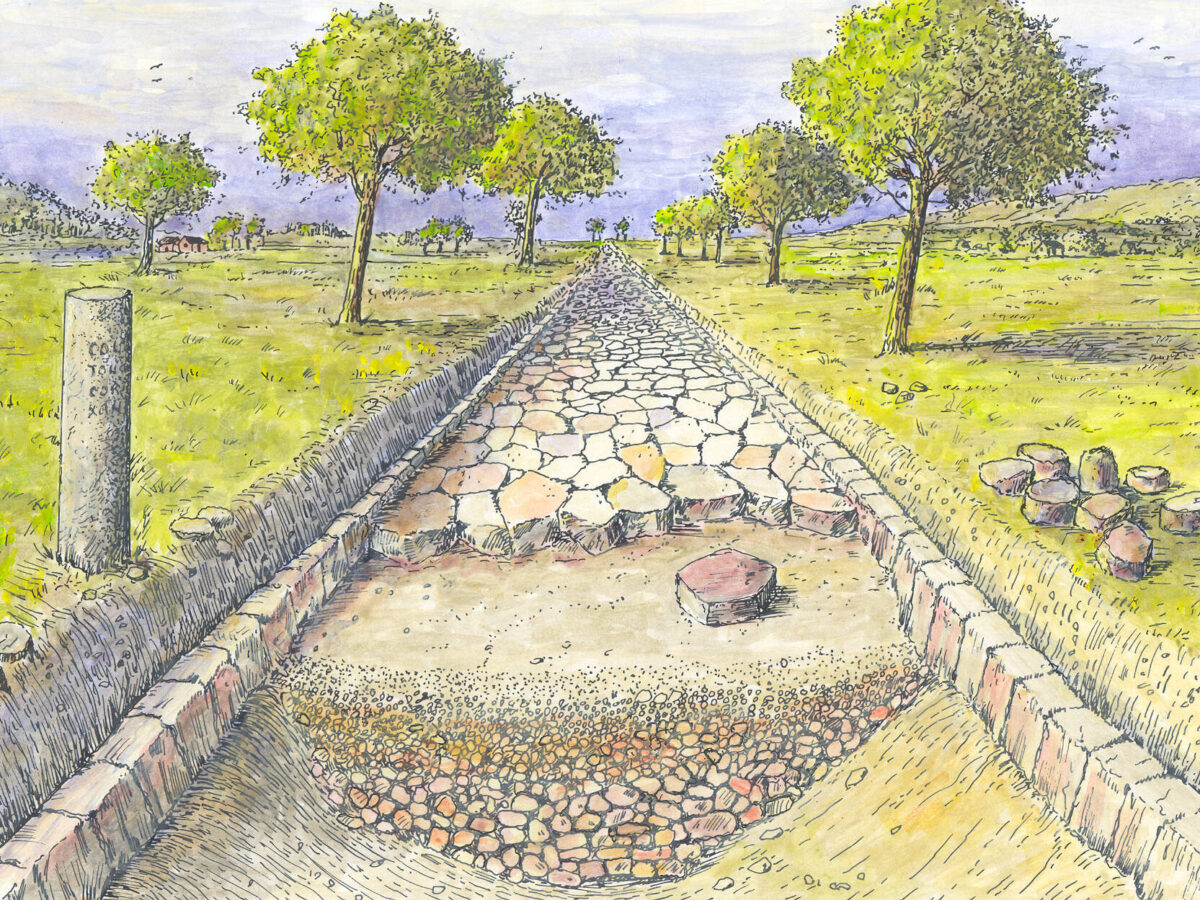Turning History into an Exciting Adventure
Author: Harry Lindelauf
Photography: Jody Martens
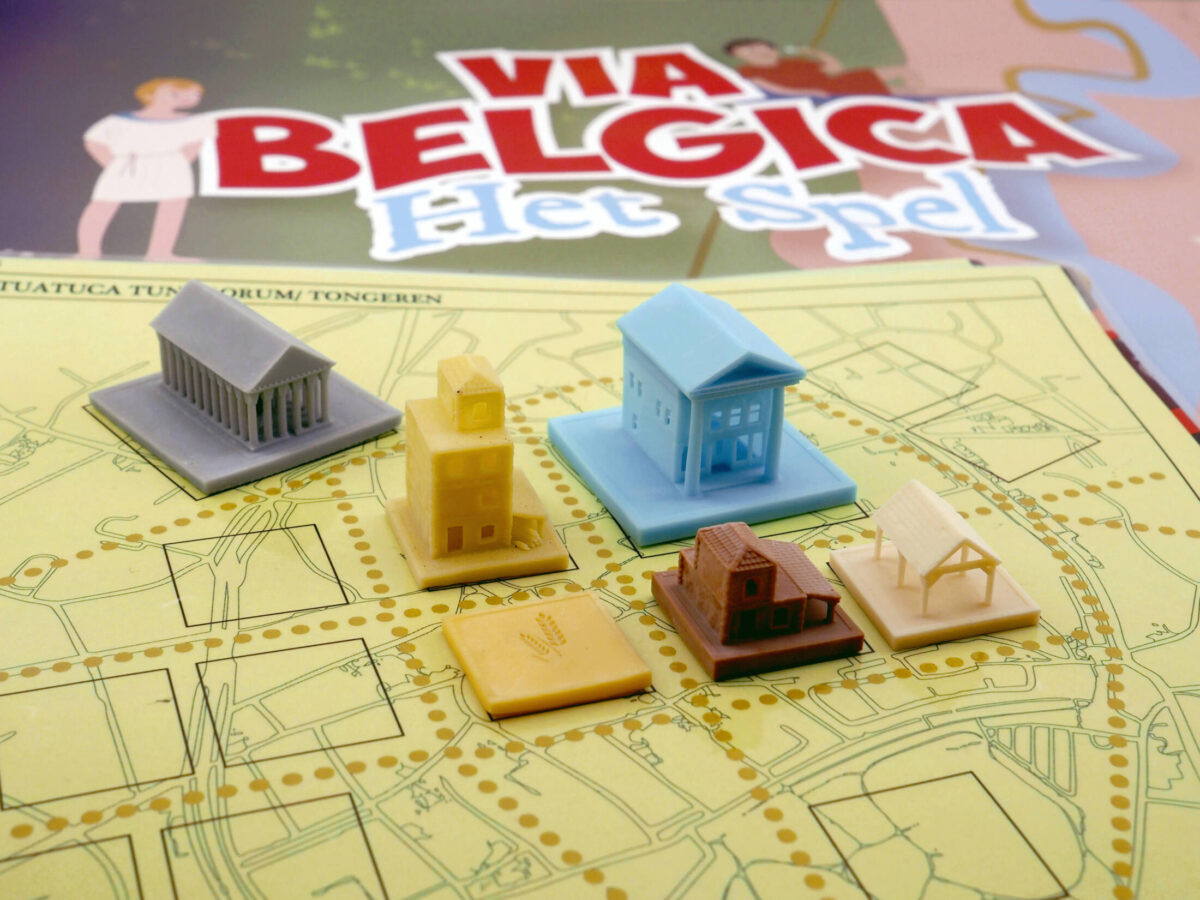
How do you introduce young people (and adults, too) to the Roman past of our region in a playful way? That was the question the team at the Roman Museum in Heerlen set out to answer. Traditional board games offered a modern solution: history as an adventure.
Game creator Jody Martens, educator at the Roman Museum:
“We wanted to develop a game that could be played either in the classroom or at the museum. A game keeps things light-hearted while students still learn a lot. We set ourselves the requirement that the game should connect multiple disciplines: geography, history, and citizenship.”
Classic board games such as The Settlers of Catan and the old Stratego (from 1908!) — with a hint of Monopoly — served as inspiration. “After brainstorming with the designer, the concept for the Via Belgica game took shape,” explains Jody Martens. “The foundation is a large map of Roman South Limburg with the main roads: the Via Belgica and the Via Traiana. Players can see soil types such as loess, sand, gravel, and Kunrader limestone — as well as the rivers, streams, and major settlements of the time.”
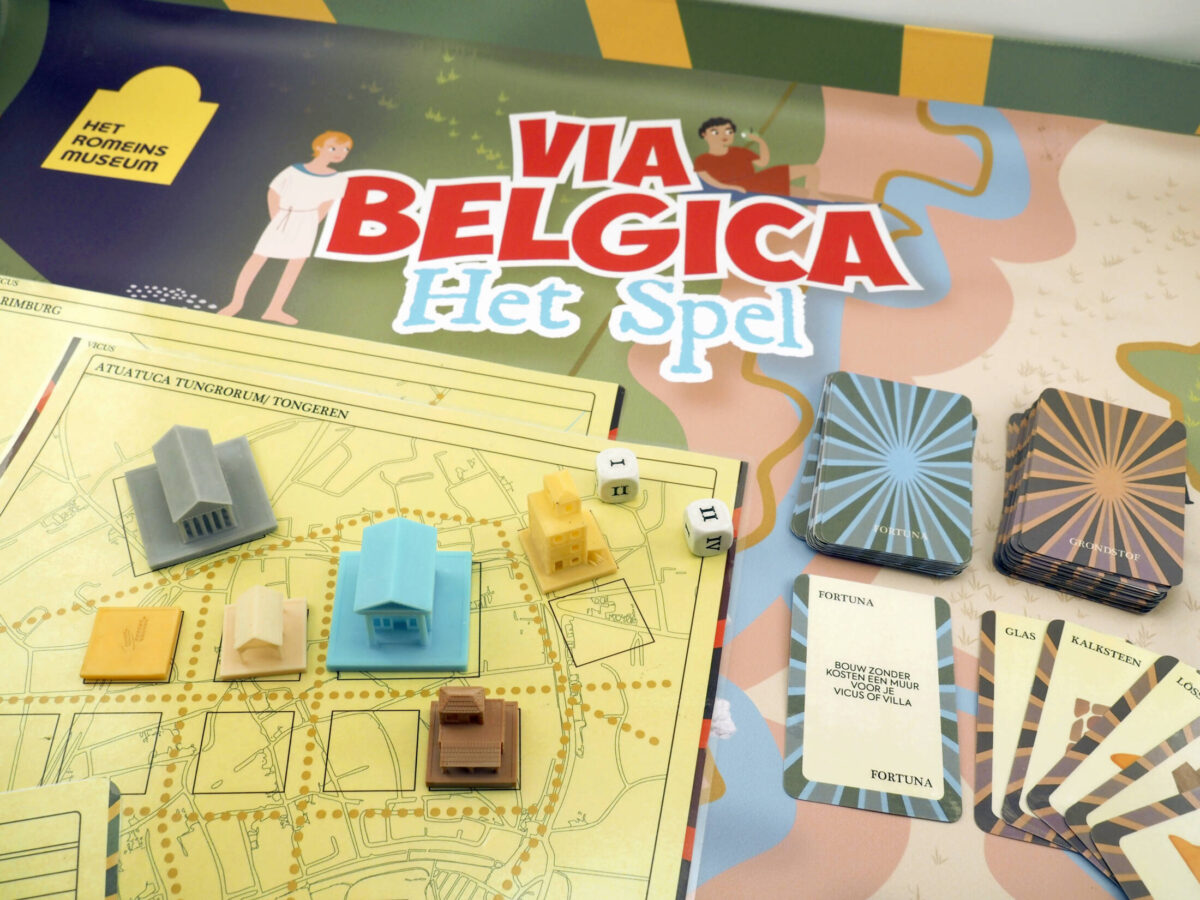
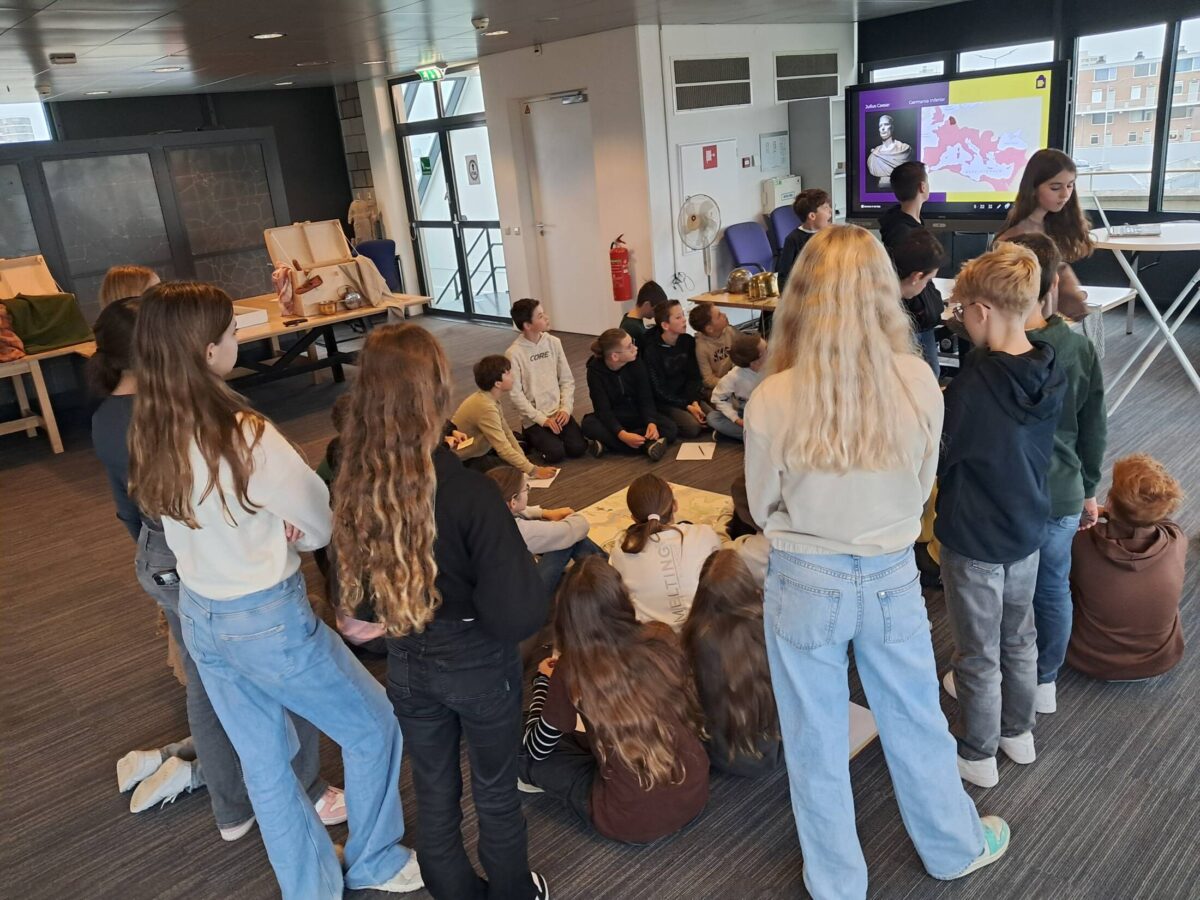
Collecting resources
These include Maastricht, Tongeren, Heerlen, and Rimburg, along with settlements such as Valkenburg and Voerendaal. Jody Martens: “The places play a key role in the game. Each team of up to five students is assigned a vicus (village), colonia (capital), or villa with a map to play on. The goal is to build as much as possible. To do so, you must collect resources over several rounds.”
For each resource, special playing cards have been designed. The restoration studio Restaura in Heerlen provides 3D-printed buildings such as tabernae (shops), bathhouses, dwellings, and temples. You wouldn’t expect anything less from a Roman museum and professional restorers — and all the prints are historically accurate.
How does it work?
The game consists of several rounds:
- Getting to know the Romans – a quiz starting with the question “What do you already know about the Romans?”
- Mini-lecture & identification round – students examine archaeological finds.
- Roman dice game – knowledge, strategy, and a bit of luck earn resources.
- Building and trading – with wood, gravel, glass, and loess, new settlements arise.
During the game, a museum educator acts as gamemaster, responding to the students and keeping motivation high.
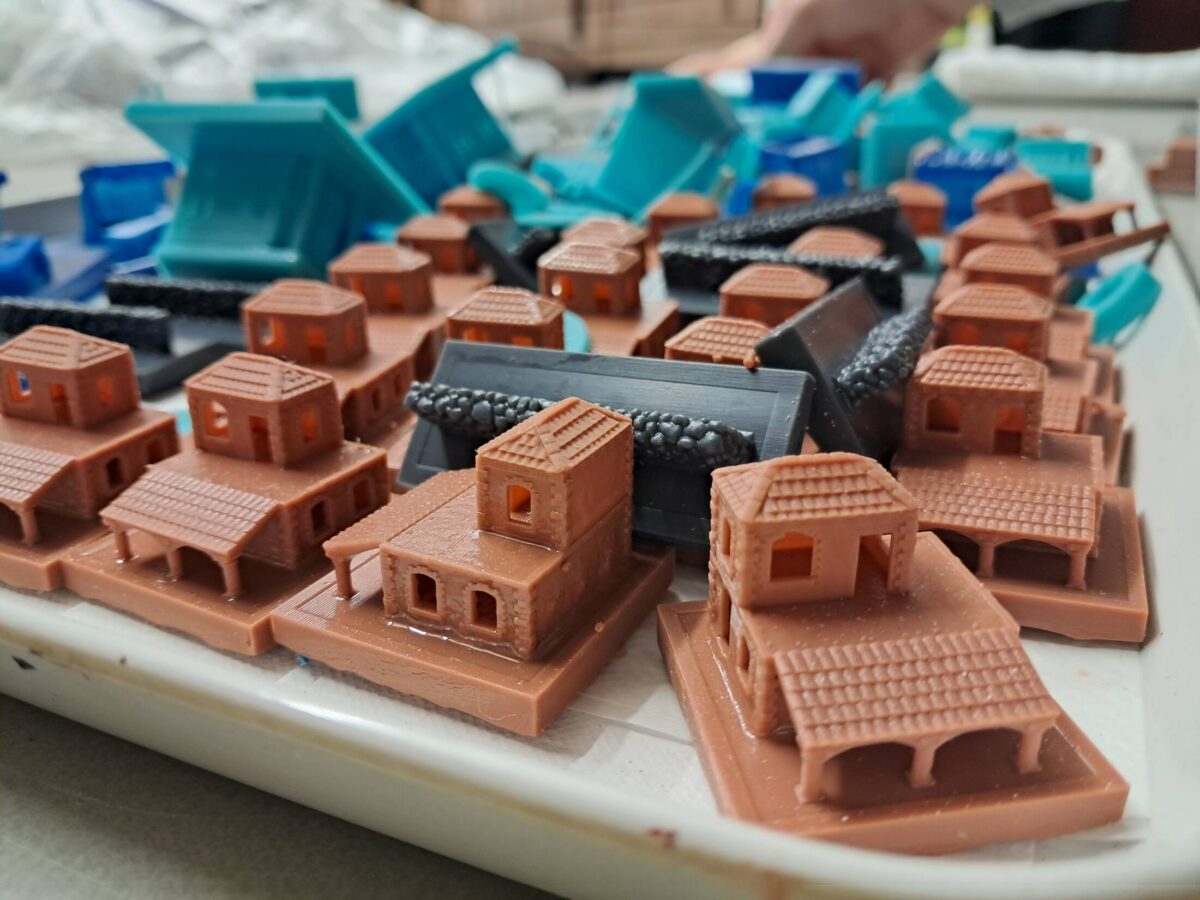
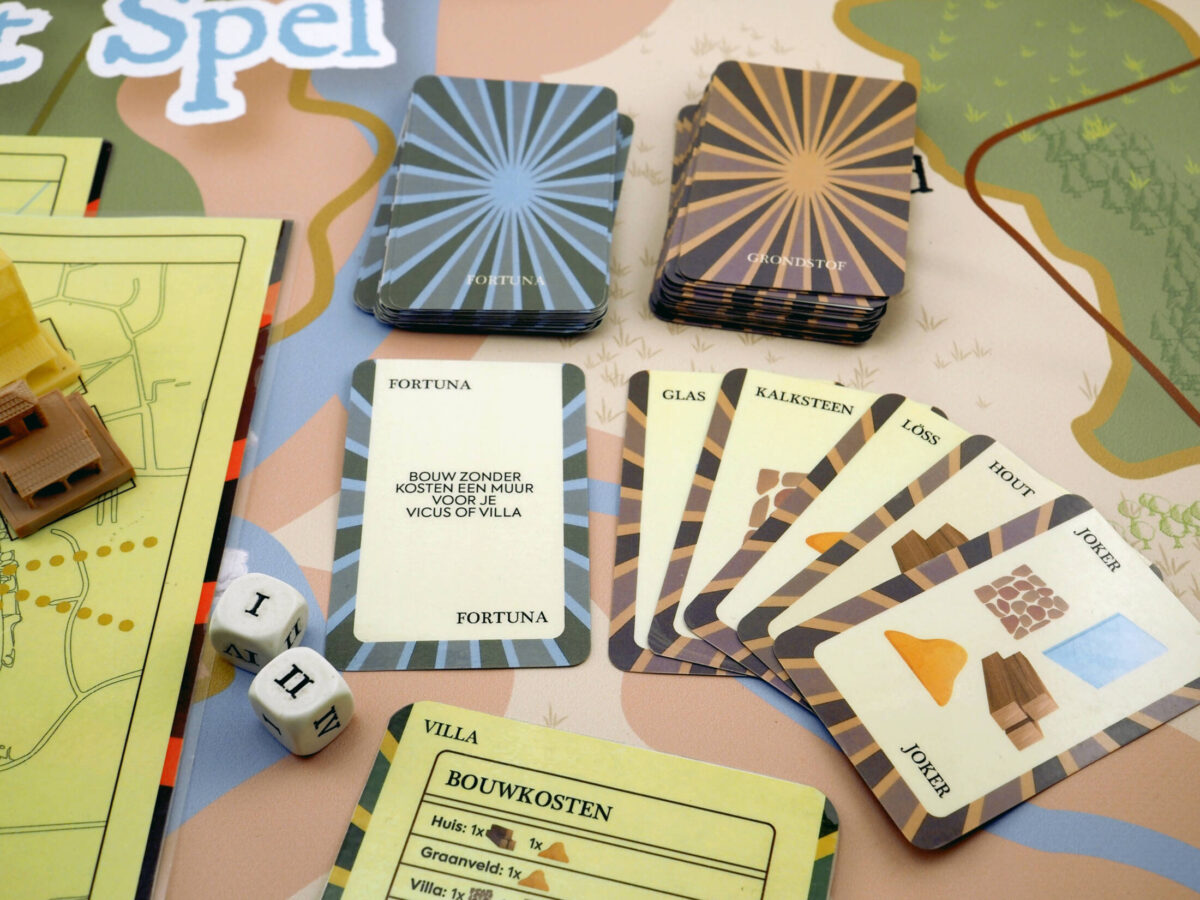
Infinitely adaptable
The Via Belgica game can be adapted to learning levels ranging from primary school group 5 up to Year 3 of Gymnasium.
Jody Martens: “In the special Gymnasium version, Latin texts are included that need to be translated. To make the game even more challenging, we added extra layers such as Fortuna cards, where you can ask the goddess of fortune for special actions. These might include an invasion by a Germanic tribe that costs you buildings or forces you to negotiate. We can adapt the game endlessly.”
It doesn’t feel like ‘learning’
Initial reactions have been very positive: “Most children become very competitive, and you can see great teamwork happening — natural leaders, strategic thinkers, and real team players emerge. It’s wonderful to see how much they learn from the game, even though it doesn’t feel like learning, but like play and adventure.”
Practical information
- The game lasts 1.5 to 2 hours, depending on student level and number of rounds.
- It can be played in class or at the museum. It is not for sale.
- Price: €112.50 per class (max. 35 students) including supervision.
- Reservations via reserveringen@hetromeinsmuseum.nl or www.parkstad.plannedculture.nl
- Suitable for ages from group 5 of primary education up to lower secondary school.

